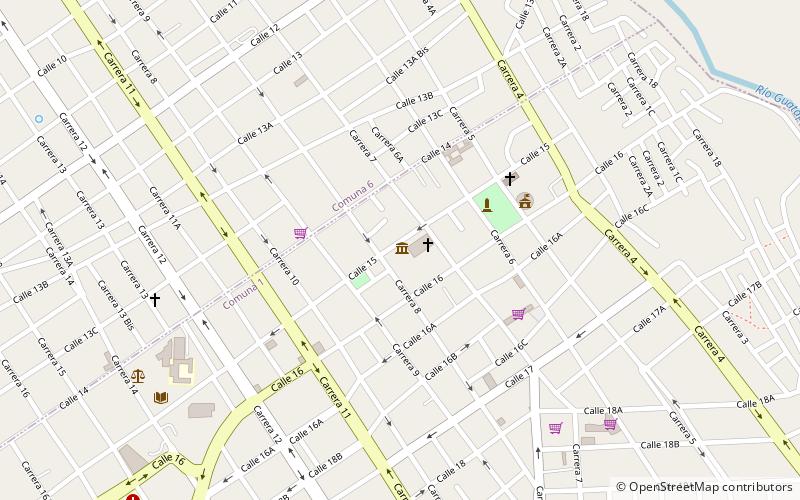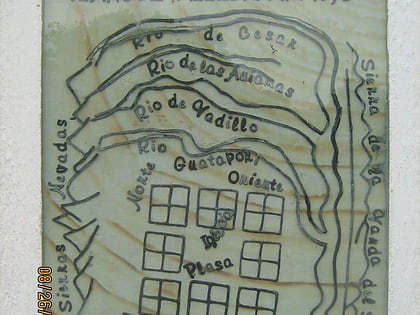Academia de Historia del Cesar, Valledupar


Facts and practical information
The history of Valledupar, Colombia, has its origins in pre-Columbian times, with Amerindian tribes that settled and developed into societies, and at the arrival of the Spanish it was inhabited by the Chimilas, of the Chibcha linguistic family. Then came the conquest and colonization by Spaniards and other Europeans, who in addition to their culture introduced black slaves taken from Africa in the early sixteenth century. Valledupar was founded by Spanish soldiers near Eupari, one of the villages of the Chimila Indian nation in 1550. The indigenous people were exterminated, decimated or displaced to the mountains, under the obligation of evangelization. The valley was turned into land for cattle ranching and agriculture.
Valledupar was one of the first regions in America, where its mostly Creole inhabitants rose up against the Spanish monarchic regime on February 4, 1813. After independence, the region went into a lethargy due to the political dependence of Santa Marta, the geographical position and the different wars that Colombia suffered throughout the mid-nineteenth century until the mid-twentieth century, when there was an unprecedented economic growth due to cotton production, which led to population growth and the cultural boom of the current musical genre vallenato. At the same time the Colombian armed conflict affected many citizens of Valledupar in the form of kidnapping for ransom by guerrilla groups, one of the highest in Colombia and later the actions of paramilitary groups that left thousands of dead, wounded and displaced.
Valledupar
Academia de Historia del Cesar – popular in the area (distance from the attraction)
Nearby attractions include: Estadio Armando Maestre Pavajeau.

